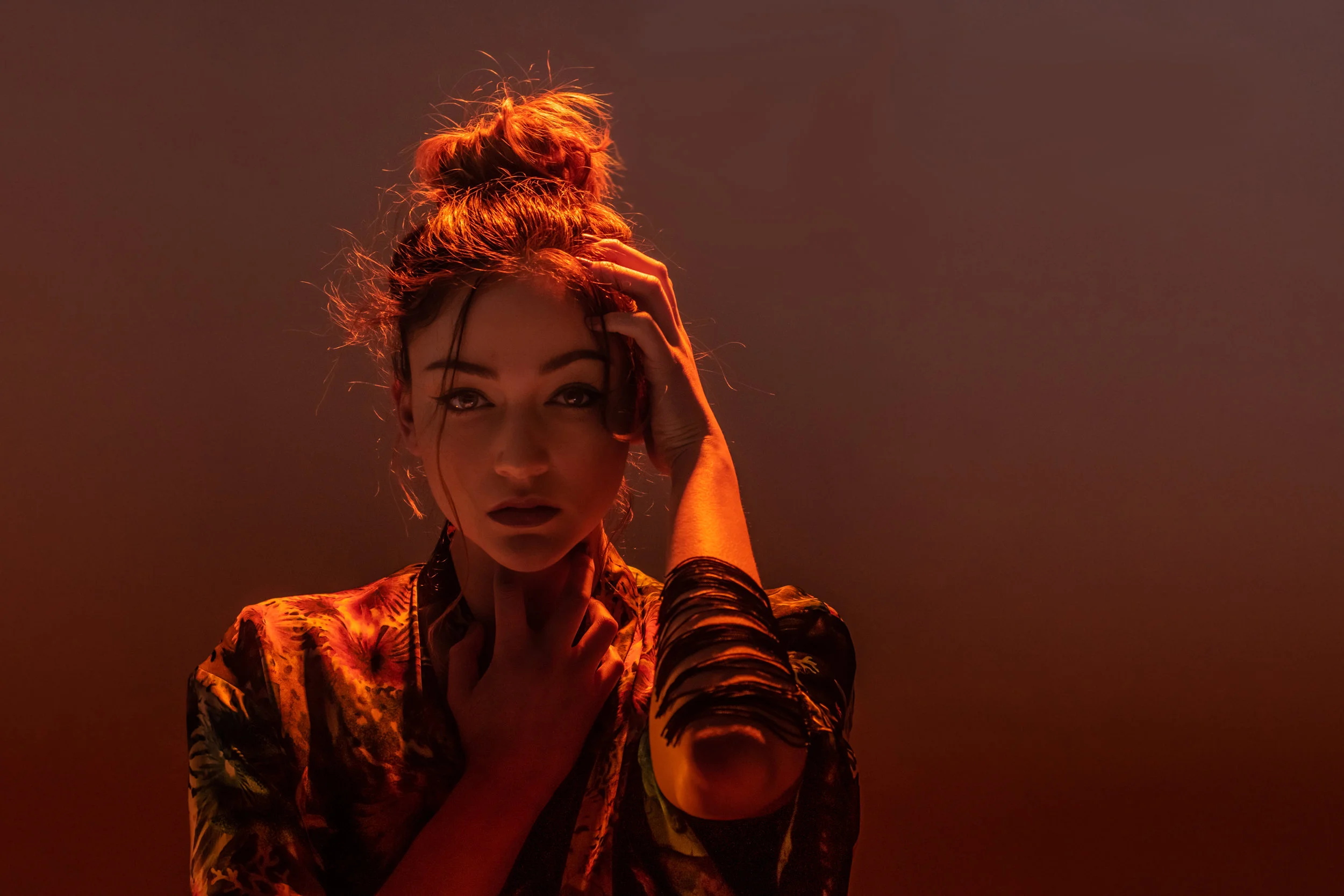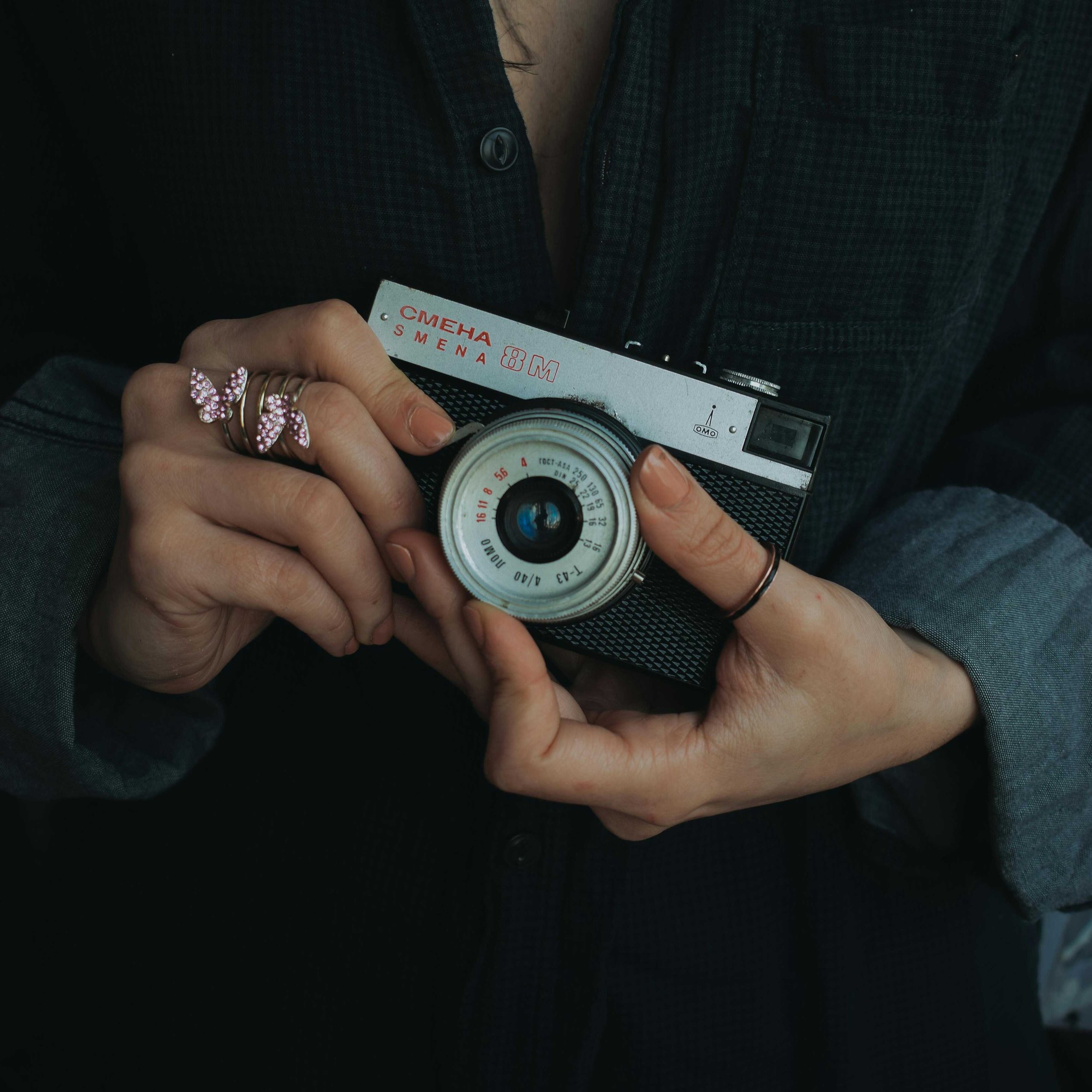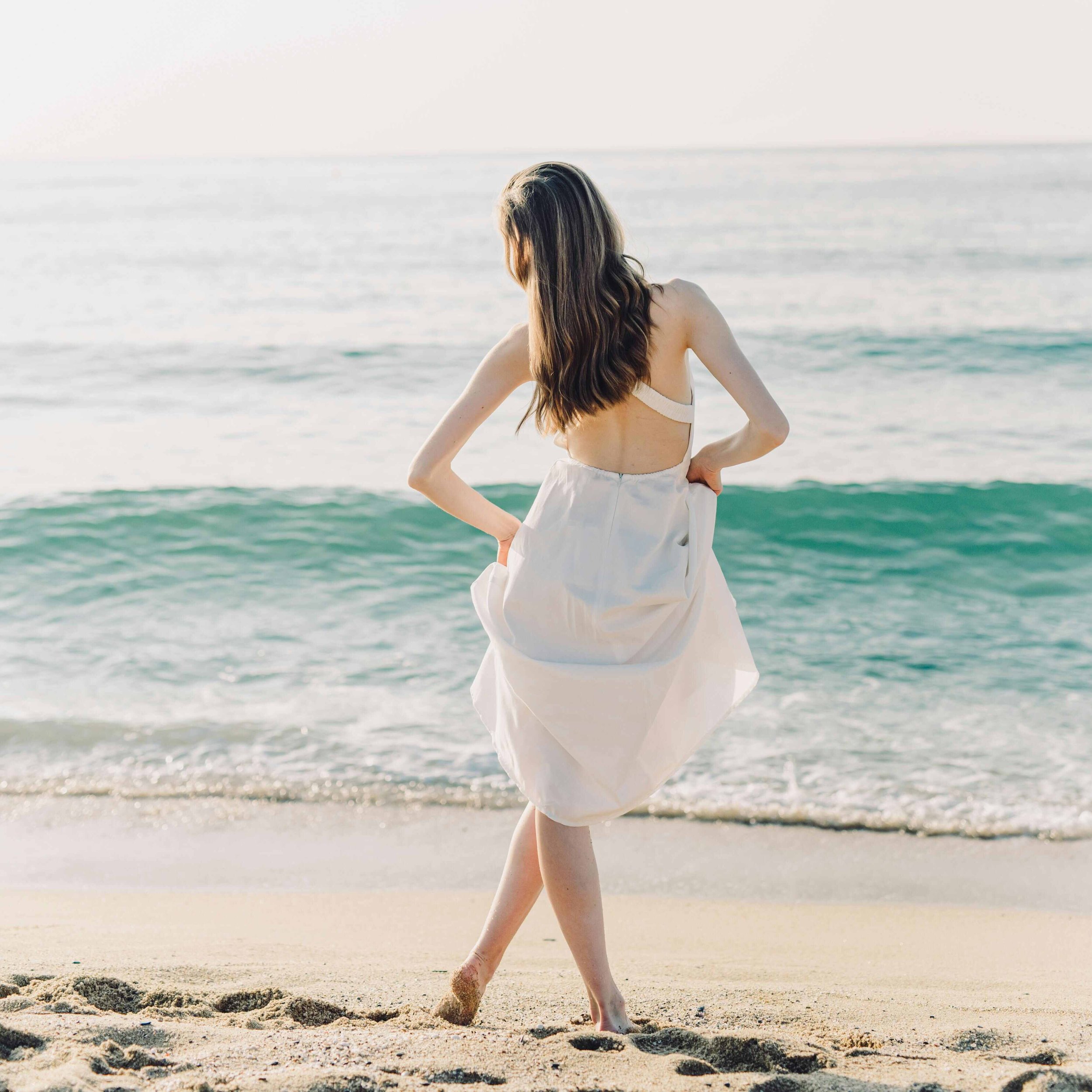How to Set Up Your First Home Photography Studio
There are a few things to consider if you'd like to set up a home studio. It's not a simple yea or nay idea. The apparent convenience of just walking a few steps to your studio can make it an enticing idea.
Just imagine the time you'd save! Here are a few things to consider, however, if you're dreaming of a home studio.
What type of photography?
If most of your work is done outside of a studio - let's say a wedding photographer - then, it might not be necessary or smart to invest in a home studio in addition to a home office.
If, on the other hand, you are a portrait photographer and spend most of your time doing headshots or studio portraits, then a home studio might be a great idea.
The versatility of a home studio
If you do set up a home studio, you could find yourself venturing into other genres of photography you'd not considered like newborn portraits. Newborn portraits are typically shot in a studio because it's important to control the environment, including room temperature.
Owning a studio could earn you extra income because you could rent it out to other photographers. As you know, not everyone owns a studio but might need to do an indoor portrait. That's where you come in by renting out your space.
What to consider
As you begin to think about setting up your own space, it's good to consider the two points mentioned above:
For what kind of photography will you be using the space?
Will you be renting it out to others?
The answers are critical to how you set-up the studio. For example, you need to determine what kind and how much equipment you'll need for so that you don't waste money on unnecessary things and you or others have what's needed during a shoot.
The amount of equipment you need to keep on hand, and whether you might rent the space out, also can influence where you set up shop.
Knowing what your intentions are for a home studio will also help you decide where in your home to put it. For example, if you are a newborn portrait photographer, as we said earlier, you'll need to be able to control the room's temperature easily.
A quiet space is also essential so as not to wake a sleeping baby just as you're starting to shoot pictures. If you might be taking family or group studio portraits, you'll need an ample enough space.
It's best to write out a plan for the studio. Include everything you will need to run an efficient studio - this includes equipment as well as the type of environment. Your plan should guide your studio set-up.
Home studio kit
Before we go into the various pieces of equipment you might consider for your studio set-up, we'd like to mention studio kits. You can buy a home studio kit that contains studio equipment. There are pros and cons to studio kits:
Pros:
Buying a kit is easier than buying piecemeal.
They tend to be cheaper than buying equipment piece by piece.
Cons:
You don't always get what you want with a kit.
They also tend to offer lower-quality equipment (one reason they can offer a lower price).
However, having said all that, some reputable companies are offering good quality kits.
Here are two very reasonably priced kits on Amazon. (They're particularly useful if you're a new photographer on a strict budget. Later on, you can add more equipment as needed. )
Two kits to consider:
If you'd rather stock your home studio by the piece, here is a brief guide on some typical equipment you'll need. Ultimately, the type of work you do should influence what you purchase.
Equipment
Lighting: It's without a doubt, the most critical equipment for a studio aside from the camera itself! Being indoors means you'll most likely have to rely mostly on artificial rather than natural light. Don't skimp on lights - including flash, Speedlight, and reflector. Ideally, most studios have a three-point light set-up for portraits.
Speedlights: If you have a small space or need to breakdown the studio between shoots, Speedlights are ideal. They're smaller and typically lighter than flashes. You'll be able to find some pretty good ones for a reasonable price. On the downside, they're not as powerful as strobes (meaning you'll have to compensate with your camera's settings). They're slower than a flash between shots, so no bursts of shots. Lastly, they don't come with a modeling light.
Studio flashes: For the sharpest images, you'll want to use a flash rather than a Speedlight (having both on hand is never a bad thing). Flashes are more powerful and, thus, produce a crisper image. Also, if you want to shoot faster between images, a flash is better. It's got a much shorter recycling time between shots. It also has a modeling light. The downside is, as we mentioned above, a flash will cost you more and weight more and are bulkier than a Speedlight.
Light stands: Lights need stands, of course. You'll need enough space in the studio to accommodate them. Their price point is variable, but you want to be sure to invest in quality stands or risk toppled lights during a shoot. Strong, sturdy lights able to carry the weight of the lights without any movement are the way to go!
Backgrounds and supports: You'll need to invest several backgrounds with a stand or support system to hold them up. Eventually, you can buy more. Taking into consideration what type of studio portraits you plan on doing, buy an appropriate background. Ideally, you should purchase several different styles, including a collapsible one!
Modifiers: If your photography is a bit more advanced, you might want to buy a few modifiers. There are countless ones to choose from on the market. Once again, the type of photography you do will influence what you should buy. Briefly, here are just three kinds:
Softboxes: These can act as light diffusers for an even, natural-light look.
Metallic/white reflects: They give a cool or warm glow to the scene.
Umbrellas: These also diffuse light, just like a softbox. They do take up a fair amount of space, though.




















